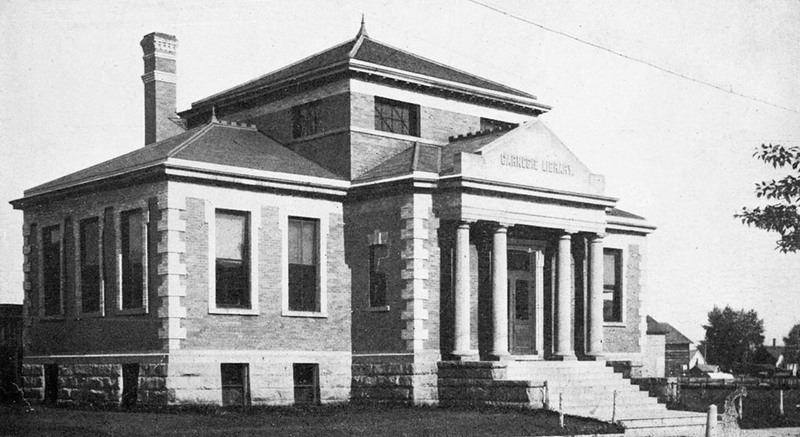Bozeman Carnegie Library

Steel baron Andrew Carnegie viewed public libraries as a key agent of self improvement and donated roughly $41 million for the construction of 1,679 public libraries between 1886 and 1917. The Bozeman Classical Revival landmark, one of seventeen Carnegie libraries erected in Montana, was constructed to meet the needs of a growing population and elevate the moral character of the community. Small libraries had existed in Bozeman since 1872, but by 1900 the city’s accommodations were woefully inadequate. To rectify the situation, librarian Bell Chrisman urged the city to seek Carnegie funding. On March 14, 1902, the philanthropist agreed to provide $15,000 for the building in return for “a suitable site” and the city’s pledge of $1,500 yearly support. Despite local controversy, reform-minded citizens located the new facility directly across the street from the town’s red light district in part as an incentive to improve those disreputable surroundings. To this end, architect C. S. Haire designed Bozeman’s library to resemble an ancient temple with a symmetrical Greek cross plan. The elaborate main entrance features Roman Doric columns supporting a formidable triangular pediment. In the shadow of this impressive edifice, the red light district eventually disappeared. The structure served as the community library until 1980 and then was utilized as city offices. In 1998, the building underwent extensive restoration by owners Michael E. Wheat and Michael D. Cok.
Images
